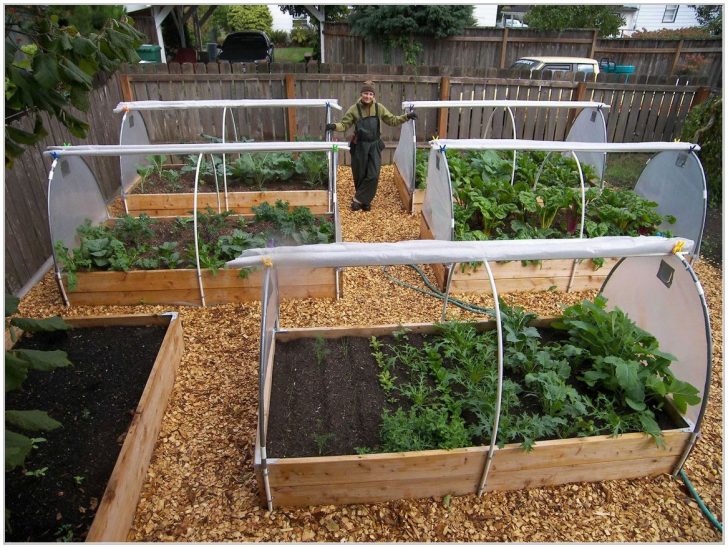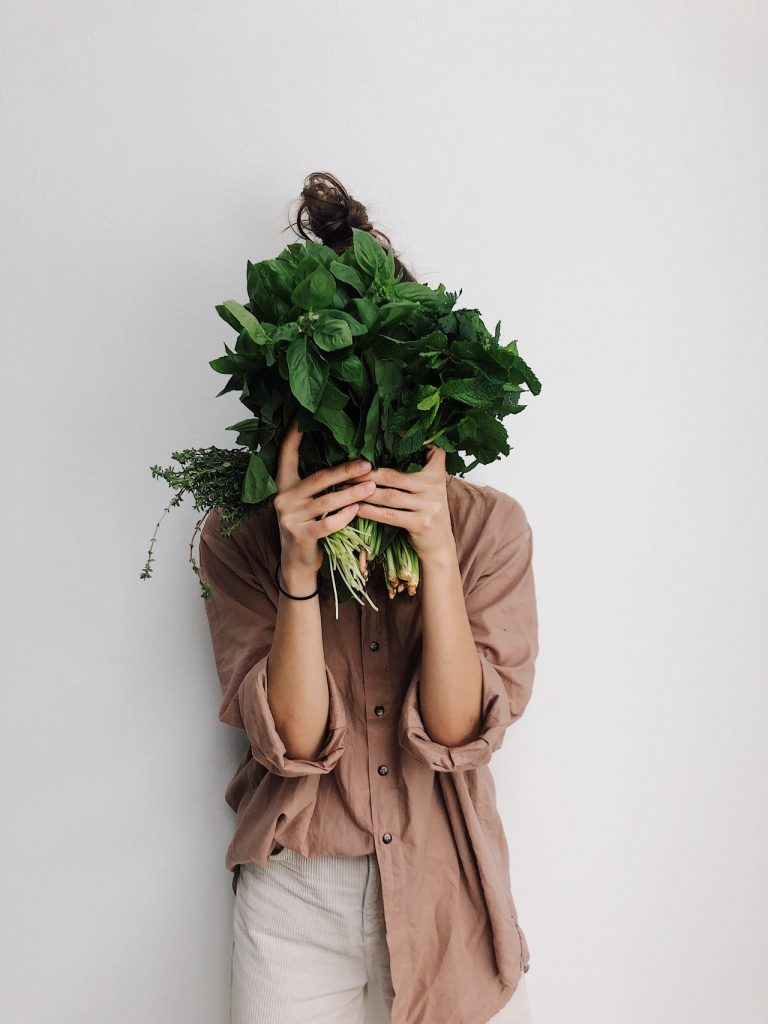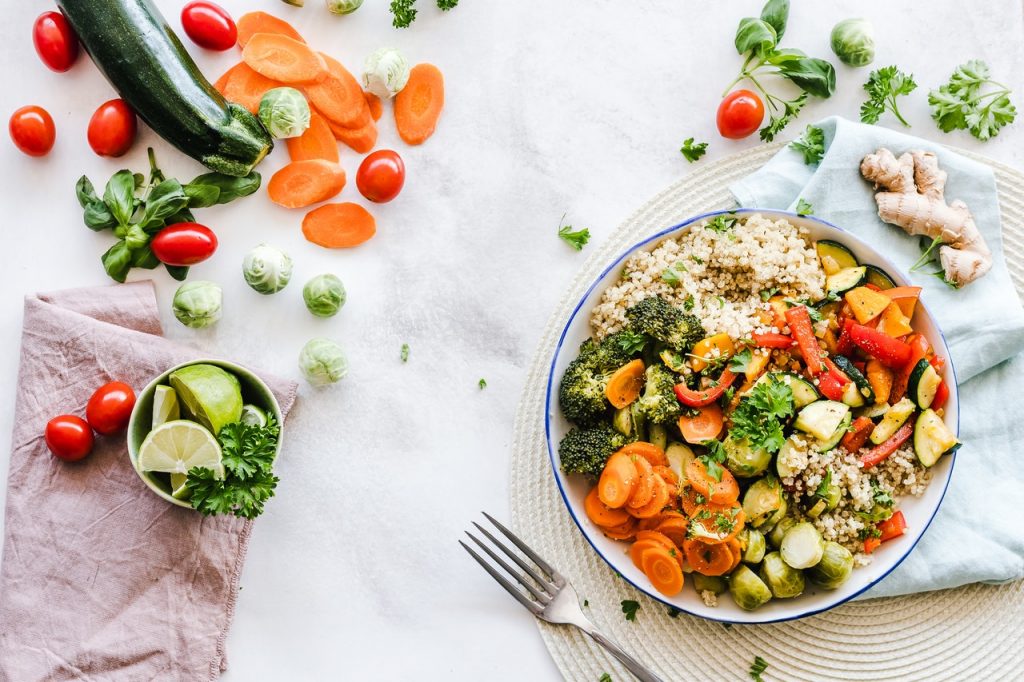
Frugal Tips for Veggie Gardening on a Budget
Creating a vegetable garden without being lured in by expensive tools and fertilizers is an art in itself! The health benefits of vegetables, the joy of organic vegetable growing, and the exercise and fresh air gardeners enjoy are worth a lot – but that doesn’t mean you should pay a lot!
Start a Seed Swap

Find a few friends who want to garden and buy a few packets of seeds each. Most packets contain far more seeds than one person can use in a home garden. Swap and share the seeds, storing the leftovers in a cool dry place for next year.
Save Your Own Seeds

For an even more thrifty option, save your own seeds when possible. This can be tricky, and home gardeners often find it’s easier just to buy new seeds for certain species. Carrots, for instance, don’t produce seeds until the second year, meaning the plant needs to stay in the garden all year waiting to seed.
Zucchinis, squash, and pumpkins cross-pollinate promiscuously, meaning the seed you scoop from the fruit will probably produce a strange hybrid instead of coming true. And most hybrid plants are unsuitable for saving seeds.
However, seeds from heirloom plants such as tomatoes generally come true and can be saved fairly easily. Sunflowers, watermelon, beans, and peas all have easy-to-save seeds.
Use Grass Clippings for Mulch

Expensively bought mulches can be attractive, but a thin layer of grass clippings does the job and costs nothing at all. Don’t use too thick a layer or the grass may form a slimy mat in the rain, causing drainage issues. You can use cut grass from lawn mower bag.
Beg Coffee Grounds for Fertilizer From a Local Coffee Shop
Spent coffee grounds make excellent fertilizer. Tipping the dregs out of a mug onto the veggie garden is better than nothing, but avid gardeners like to dig in whole bags full of the grounds.
Starbucks’ “Grounds for Gardeners” program is impressive in that the coffee grounds come neatly packaged with a list of helpful instructions.
However, the popularity of the program means the free grounds might be hard to nab. Ask around at smaller, local coffee shops and bring a sturdy plastic bag; many baristas are happy to help.
Make Your Own Compost

If you can’t afford a fancy seven-tiered or churn-style compost contraption, don’t despair – even a pile of scraps and leaves heaped on the ground will decompose eventually, turning into rich soil enhancement.
The old-fashioned compost heap can be improved upon, however, while remaining fairly cheap. Wooden pallets, chicken wire, stakes, or tires with air holes cut into them make low-budget compost containers.
The aim is to allow the compost heap to reach a large size for optimum heat retention while allowing air to prevent the formation of stinky anaerobic bacteria and providing easy access for turning the compost.
Compost heaps can also save money on organic greens collection – weeds and dead leaves can be composted along with veggie scraps, eggshells, newspapers, toilet roll inners, and the odd pet goldfish. You can also try worm composting.
Ask Your Local Council About Compost
Cities which have a kerbside organics collection are likely to sell compost and/or mulch fairly cheaply. If you need more compost to start off your veggie garden than your newly-started heap can provide, council compost is a good cost compromise.
Build Your Own Raised Beds

Obviously, it’s cheaper not to build raised beds at all. A raised bed needs materials for building and filling, which can quickly add up.
But raised beds aren’t just a fad – raising the level of the bed means you can grow even in a garden with poor-quality soil. A raised bed also warms faster in the spring, drains better, and is more comfortable to work in than a ground-level bed.
Pre-made raised beds or kits tend to be very pricey. Make your own from used timber from a demolition store. Alternatively, old cinder blocks, bales of pea straw or even old bathtubs can be used to construct cheap raised beds.
Utilize Companion Planting

Companion planting is somewhat controversial, with proponents insisting it can all but eliminate the need for pesticides, and detractors arguing the theory is too location-specific to work worldwide.
However, some benefits of companion planting are undeniable – beans that grow up sunflower stalks don’t require trellises, and lettuces that hide beneath the shade of pumpkin leaves won’t wilt and die of heatstroke.
Look for plants that physically support and shade each other.
The key to successfully thrifty gardening is to remember that people have successfully been gardening for millennia before the latest must-have tools came along. Before there were seed tapes, there were people shaking the seeds out of bolted lettuce to save for next year; before there were petroleum-based fertilizers, there were people shoveling manure and composting food scraps.
Bear this in mind and you may be able to avoid spending more on your veggie garden than you save on produce!
Gardening on a budget is challenging – but exciting. Finding new ways to tackle traditional gardening tasks is like any frugal enterprise. It encourages new heights of creativity and what’s more – it’s enjoyable!
Frugal Gardeners Know How to Get Cheap or Free Plants

Free or cheap plants are easy to come by. Here are a few basic ideas.
- Always sow more seeds than needed and never throw excess seedlings away. Pot them up and, along with excess plants, they can be sold at garage sales, car boot sales, or just a table in front of the house.
- Garden centers usually have a section for plants at knock-down prices that just require a bit of extra love and attention. However, stores like Wilkinsons always have great bargains for frugal gardeners, including seeds, plants, and tools.
- Save seeds from plants such as Oriental Poppies, Marigolds, Hellebores, Sunflowers etc. Dry them on newspaper, store them in a tin in labeled paper envelopes, put them in a cool place, and plant them next Autumn or Spring.
- In late autumn or early spring, divide perennials such as Aster, Hemerocallis, Primula, Japanese anemone, and Heuchera and replant for vigorous growth and healthy new plants.
- Frugal gardeners never stop learning. Find out how to take leaf, root, and stem cuttings from relevant plants by searching online or borrowing books from the library.
Frugal Gardeners Find Free Containers
Before throwing out plastic milk bottles, toilet rolls or egg boxes think again! They make wonderful containers for sowing seeds.
The bottom half of plastic milk containers make brilliant plant pots. They are see-through, making it easy to watch root development. They also make mini-cloches.
Cardboard toilet rolls are perfect for raising peas, beans, and sweet peas. Fill with compost, plant the seeds and once the seedlings are strong enough to plant out, the whole item can go into the ground. Eventually, the toilet roll will rot down into the earth.
Large fruit juice cartons make perfect pots. Cut down to the appropriate height, rinse out and slash drainage holes in the bottom.
With cardboard egg boxes, the top can go on the compost heap whilst the bottom six sections can be filled with compost and seedlings grown in them.
As the seeds develop their roots will pierce the box, which can then be prised apart and planted as seed plugs in the soil, cardboard and all.
Frugal Gardeners Find Free Planters

Keep eyes peeled for a planter! Everything has potential.
Check out builders’ skips to find old sinks for rock gardens, bricks for raised beds, large tin cans, and old tires that can be painted in bright colors and planted up. Even plastic guttering can be planted with bean seeds. (It’s always best to ask the house owner or builder for permission before rifling through a skip.)
Those huge empty olive oil cans found dumped at the back of Italian restaurants can be opened up, scrubbed out, painted (preferably with organic paints), and planted with little fruit trees or bushes.
Look out for old wooden wine cases too.
Frugal Gardeners Join Forces to Save Money
There’s strength in numbers – and savings too! Consider group ways to save money.
Neighbors may have spare plants to offer or swap. If in the autumn there’s a glut of peas on one plot, a neighbor might swap for an overflow of courgettes. In autumn have a group day pickling vegetables.
It’s much cheaper to buy some common gardening necessities in bulk, so clubbing together with other gardeners is a great way to save money on things like gardening fleece, weed-suppressing mats, topsoil, etc.
Most garden companies will give group discounts.
Any extra plants or seeds can be swapped online. The following organizations have their own websites:
- My Garden
- Freecycle
- Garden Swap Shop
- Seedy Sunday
If there’s a big job to be done in the garden, throw a party and get friends to help. Remember Seven Brides for Seven Brothers? With the help of a bit of music, dancing, and beer they built a house in one day!
The same technique will get a fence erected or a patio laid. Just don’t get the alcohol out too soon.
Frugal Gardeners Make Friends and Influence People

Times may be hard, belts may be tightened, yet lack of money can encourage gardeners to become more creative.
They develop into imaginative, observant, community-minded, and, of necessity, much more knowledgeable members of their communities.
FAQs
Can you save money by growing your own vegetables?
Growing your own vegetables is a great way to save money.
You don't have to buy vegetables from the grocery store anymore.
You can save up to 50% of your grocery budget by growing your own vegetables.
All you need is a little space in the backyard or on the balcony and some time for gardening.
How can we spend less money by growing your own vegetables?
Growing your own vegetables is a great way to save money, but it’s not always easy. The cost of seeds, soil, fertilizers, pots, and other materials can quickly add up.
There are many ways to save money when you grow your own vegetables. You can grow plants from seeds instead of buying them at the store. You can also reuse old containers to plant in or buy cheaper ones that are just as good. You can also save money by using organic fertilizer instead of buying chemical-based fertilizers.
Some vegetables are better grown in containers because they take up less space and have a smaller yield than plants grown in the ground. For example, tomatoes are best grown in pots because they produce fewer tomatoes than plants grown in the ground.
Does gardening actually save you money?
Many people think that gardening is a hobby, but it can actually save you money.
Gardening may not seem like a way to make money, but when you consider the cost of paying for groceries and eating out, it becomes apparent how much the hobby can save you over time.
It also provides a sense of fulfillment that other hobbies don't offer. Gardening is a great way to relax and enjoy nature while saving money at the same time!
Is it cheaper to buy vegetables or grow them?
Is it cheaper to buy vegetables or grow them?
Growing your own vegetables is a good way to save money. But it's not always cheaper than buying them. You need to consider the cost of seeds, water, time and other resources before deciding whether you should grow your own vegetables.
The price of seeds can be very high. If you're not sure what kind of vegetables to grow, you might end up wasting money on expensive seeds that don't do well in your climate. On the other hand, if you know what kind of vegetables you want to grow and where they can thrive, then it will be much easier for you to calculate the cost-effectiveness of growing your own veggies.
If you live in an area with plenty of sunlight and water, then growing
Does a vegetable garden add value to a house?
Yes, a vegetable garden does add value to a house. Vegetable gardens can be used as an outdoor space for relaxation and recreation. They also provide fresh produce that is more nutritious than what you find at the grocery store.
No, a vegetable garden does not add value to a house. Vegetable gardens require lots of time and energy to maintain and upkeep. Moreover, they are not aesthetically pleasing for everyone who sees them from the outside of your home.

